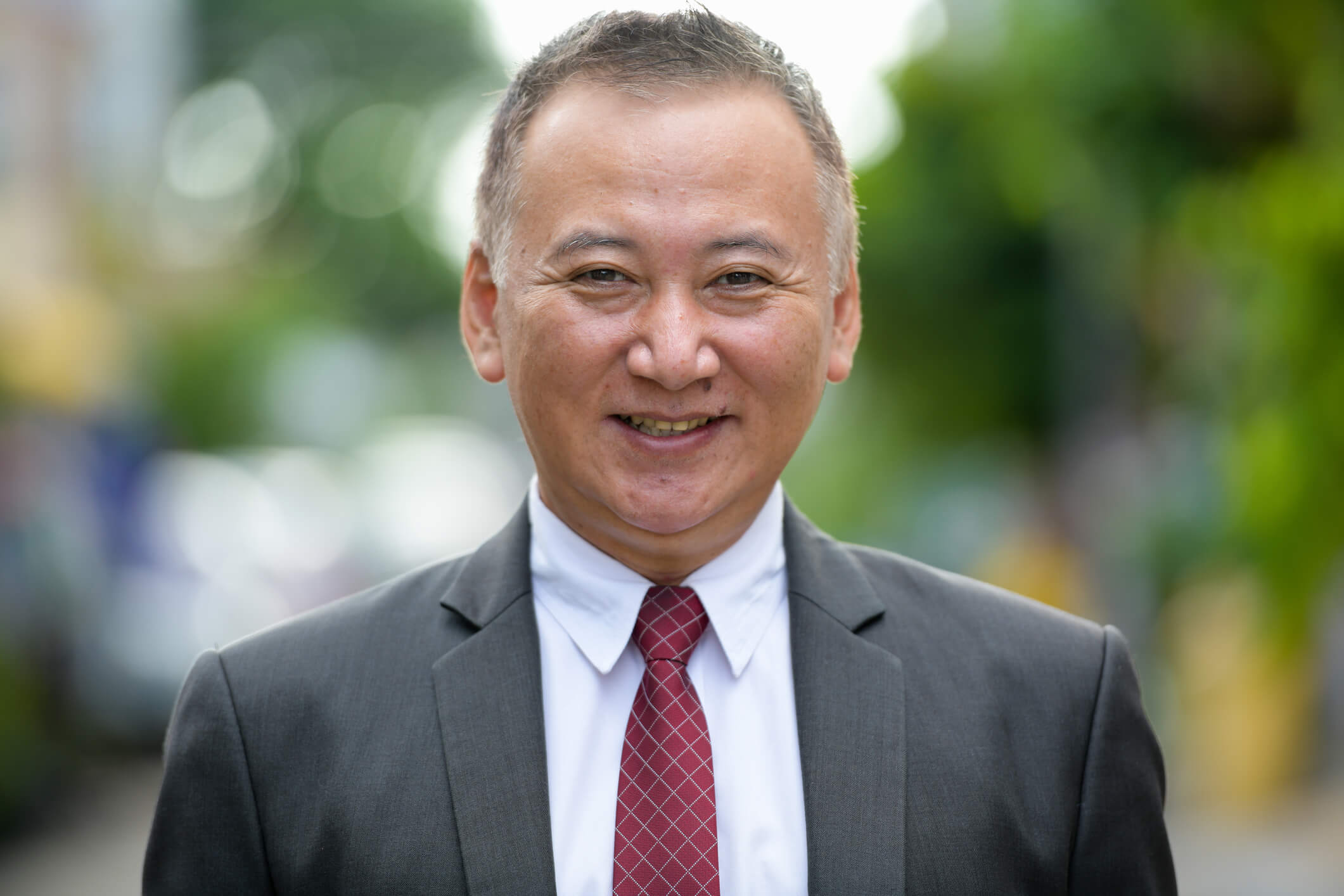
Last Updated: 15 Jul 2020 A tale of three Japanese Presidents
In the United States, the President is considered the most important position in the company. He or she sets the tone for the entire operation, and all employees look to him or her for direction. A good President can inspire everyone to new heights of achievement, while an ineffective President can negatively impact the entire company.
In Japanese companies, the periodic rotation of the President presents a constant challenge. Just when the organization is on a good track and is humming along, the President has to go back to Japan and a new one arrives with his own approaches and peccadilloes. Successfully managing these transitions is one of the most challenging activities for Japanese-affiliated firms.
In this article, I will outline the cautionary tales of three newly arrived Japanese Presidents, and how their actions failed to meet the expectations of American employees. I will also introduce an example of a President who made a smooth transition to the U.S. and achieved excellent results.
A new broom sweeps clean
Situation: The new president arrives, intent on re-making the organization in his own image. He wants nothing to do with anything that the prior president did, and goes out of his way to distance himself from his predecessor’s actions. He wants to completely change the company’s direction, and is uninterested in any of the company’s existing initiatives.
Result: The new President’s negation of his predecessor’s policies is extremely confusing for Americans. They wonder what the real direction of the company is, and they feel powerless to influence it. They also feel like all the work they did was pointless, since it is now being swept away by the new President’s decrees.
In some Japanese companies, this pattern of each new President sweeping away all vestiges of his predecessor recurs repeatedly. This leads to “new President fatigue” — long-term American employees become cynical. When each new President with his own agenda arrives, they say to themselves “here we go again” and play along with the new initiatives on the surface only.
Suggestion: New presidents need to take time to get to know the organization before making sweeping changes. They need to be careful to not treat the company as their fiefdom, and to respect the work that has been done by locally-hired employees up until now. They should play up any areas of continuity that exist between their approach and the approach of their predecessor, and avoid saying anything that would reflect negatively on their predecessor. Of course, local employees can see the change in president as a good opportunity for fresh ideas and initiatives. But this works better if the local employees are involved in the change process, rather than subjected to unilateral directives, and don’t feel that the change is a discontinuous one. Also, thought should be given to how already existing initiatives can be expanded or adjusted, rather than abandoning them completely.
Don’t want to upset the apple cart
Situation: The new president arrives, and sees that many changes are necessary in the organization. But he hesitates to act, because he fears that he may be interfere with existing balances of power among employees, and doesn’t want to do anything that would put the organization off balance. He decides to watch and learn about the organization for the first 6 months to a year, without taking any decisive actions.
Result: The new President who acts this way may feel that he is respecting the existing relationships among the employees, but in actuality they will perceive him as weak because he is not addressing the all-too-apparent problems of the company. He loses the valuable opportunity to make a strong first impression, and the high expectations of the local employees will be dashed.
Suggestion: This situation is the opposite extreme from the first case. Rather than changing too much too soon, this President appears too passive. What is needed here is a happy medium. A period of observation after arrival is good, but in the fast moving U.S. environment, 6 months to a year is too long. Furthermore, this president seems to underestimate the American capacity and desire for change. Although change is never easy, it is comparatively easier for Americans than it is for Japanese, because we are accustomed to a more fluid environment. It’s fine for the new President to spend some time watching the organization immediately after his arrival, but it should be no longer than a couple of months. Also, he should communicate sooner that he intends to make changes in the organization once he has had a chance to understand the issues better.
Presiding, not leading
Situation: The new President is extremely hands-off in his approach, and leaves the day to day management to the senior Japanese managers. He rarely talks with American employees unless absolutely necessary, seems to have little interest in improving his English, and seldom seems to venture out of his office. The President has been heard to say things to American employees such as “This is a nice place to spend a couple of years before I retire. The golf here is great.” and “They couldn’t find anything useful for me to do at head office, so they sent me here.”
Result: Americans want to be led by leaders who want to lead them. Thus, any intimation that the President is in the U.S. reluctantly, or does not relish his assignment, will cause negative feelings among American employees. The hands-off, aloof type of President is accepted in Japan, where it is believed that organizations should run in a bottom-up fashion with a person at the top who passively presides, rather than top-down by a strong leader. However, this style is not recognized by Americans as being an effective leadership approach.
Suggestions: Preventing this type of problem is strongly in the hands of the parent company. Presidents should be selected who are excited about the positing to the U.S., and who are willing to actively take the reins of the organization. The U.S. should not be a place where people just before retirement are sent to relax.
In this situation, a possible solution is for the next most senior Japanese expatriate to fill the vacuum by taking on a more high-profile role, fulfilling some the inspirational and leadership functions that would normally be carried out by the President.
A success story: relating to American employees directly
Situation: A new President was selected for the U.S. subsidiary of a Japanese company who had the right business background needed for the position. However, he had somewhat poor English skills, having until that time served only in his firm’s domestic operations. But he did have the will to succeed in his post and wanted to develop strong working relationships with American employees.
Many Presidents in his position would have insulated themselves with a layer of Japanese senior managers, and this was indeed the structure that he inherited from his predecessor. However, he felt that this was not the optimal situation, and set about improving his English ability. He hired an English teacher to visit his office every morning. For his secretary he hired an American woman who spoke Japanese and lived in Japan, and part of her job was to help him learn to understand American culture as quickly as possible. Although he often complained that “learning a language is impossible at this age,” his consistent efforts over several months yielded excellent results.
Once he had improved his English and understood the company’s personnel and issues, he dismantled the layer of expatriate senior managers, and replaced them with American managers who he interacted with directly. This move greatly improved the morale of American employees, because it demonstrated that there was opportunity for locally-hired employees to move up in the company. It also increased the firm’s efficiency, because the President was now interfacing more directly with American managers.
Result: The new President was able to dramatically improve the profitability of the U.S. subsidiary, and also became well-liked by the American staff. After his return to Japan, his career continued to flourish, and he is now a director of the parent company.
Checklist for smooth presidential transitions
The following steps can help your new President make a smoother transition to his new role.
· Plan visa application ahead of time so that the chances of having a time gap between Presidents is minimized. Instead, having as much of an overlap between the old President and the new President as possible is recommended. Another possibility is to bring the future new President over a year early, and have him work in a senior executive or advisory position. This allows him to brush up his English, adjust to U.S. culture, become familiar to American employees, and learn about the organization before having to take over the reins.
· Ensure that the President receives thorough training on U.S. culture, including American leadership concepts and the role of the President in an American company. (Unfortunately, most Japanese companies don’t provide any pre-departure training for expatriates, and when they do it is often only focused on language skills and doesn’t go into enough depth about culture and management issues.)
· Conduct a briefing meeting (or series of meetings, by department) for the new President to bring him up to speed on the company’s current operations and plans for the future. (Don’t assume that the outgoing President will have conducted a thorough briefing, or that he will have been briefed on this in Japan.) In addition to oral presentations, written materials should be provided, including copies of important recent planning documents.
· Plan employee communications activities to help the workforce become more familiar with the new President. These can include:
· Welcome party
· Speeches
· Individual meetings/meals with each member of the management team
· Meals with small groups of employees
· Meetings with each department
· Appearance on a video that is shown to all employees
· Introduction in an article in the employee newsletter
· “Management by walking around” — spending time talking with employees one-on-one
· Give the President training on communication skills and public/media relations in the U.S. This should include presentation skills training and executive etiquette training.
· Provide continuing English language education if the President needs further skill development in this area. For this purpose, one-on-one tutoring is preferable as it is the most discreet, flexible, and makes the most out of the President’s valuable time.
· Give the President background information, preferably in Japanese, to help him become familiar with the U.S. legal environment and issues that he needs to be aware of when making managerial decisions.
· Plan ongoing communications activities to help the President to keep a high profile among employees. These can include regular speeches, meetings, and periodic welcome dinners for new hires.
· Encourage the President to become active in local business and charitable organizations, such as the Chamber of Commerce and United Way. That will give him increased prominence in the community, which will reflect well on the company, and will help him to enhance his understanding of U.S. society.
Following these steps can help improve the presidential transition process. From a longer-term perspective, your company may want to consider bringing a locally hired individual into the President’s position. This is, obviously, the best way to avoid disruptive Presidential transitions! As a middle ground option, some companies have chosen an American president paired with a rotating Japanese Chairman. This arrangement provides more operational continuity while still keeping an expatriate in the symbolic top position. The strengths of this model have led many Japanese-affiliated companies to adopt this approach in recent years.
Whatever your firm’s approach, it is important to be aware of the critically important role of the President as a leader in setting the direction and tone for the company, and to give the President the necessary preparation and tools for carrying out that role effectively.
Related articles
Culture beats policies for sexual harassment prevention
I have noticed a significant increase in the numbers of Japanese companies asking me for support in
Which comes first, communication or values?
Several years ago, I developed a simple model to show how Japanese companies could built trust in th
Purpose should come from within, but also from outside Japan HQ
Recently an HR director for a Japanese financial services company in Europe told me that he had been




